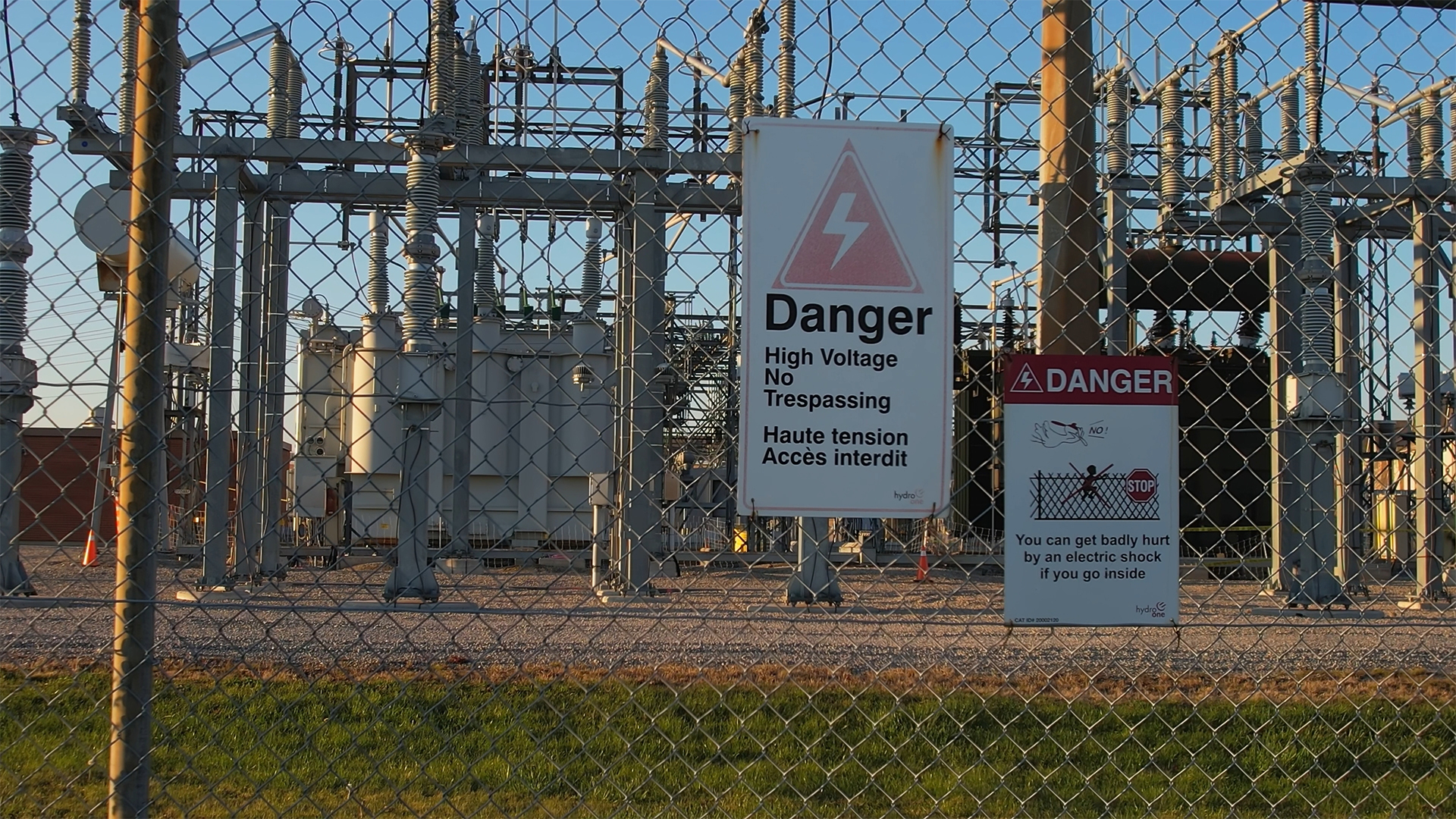
The most recent federal budget reinforced the focus on electrification of transportation, building heating and industrial activities to meet Canada’s climate change targets and obligations. The situation has led to suggestions that there may be a need to double or triple production to meet increased demand for electricity. At the same time, provincial electricity utilities and system operators have only begun to consider their implications.
Ontario finds itself in the strange position of being, in many ways, the furthest ahead among the provinces in thinking about what the scenarios for the electricity sector and the wider economy might look like. This is despite the absence of any meaningful provincial strategy around climate change or planning processes for the electricity sector.
The sector is on track for an eight-fold increase in greenhouse gas emissions relative to the low point hit in 2017 after coal-fired electricity was phased out. Natural gas-fired generation is growing – replacing nuclear facilities that are being refurbished or retired – to respond to future growth, particularly because of increasing electrification. The province has refused to consider further development of renewable energy options. It has only recently begun to consider the potential contributions of improvements in energy efficiency after terminating the province’s largely successful strategy in 2019.
The good news is that a series of modeling exercises on potential pathways for the province has been undertaken over the past year by several sponsors. These have included the province’s own Independent Electricity System Operator (IESO), The Atmospheric Fund (TAF), the David Suzuki Foundation and others.
Important new ground has been broken in thinking about future directions of electricity systems in Canada. This has included the first serious explorations of the potential contributions of distributed energy resources (DERs) such as networked rooftop solar and building-level energy storage resources. The potential for improving energy efficiency and productivity and the large-scale deployment of non-hydro renewable energy resources (such as wind and solar) is once again up for consideration.
Even the province’s own IESO net-zero Pathways report reopened the door to consider large-scale renewables development and demand-side measures. At the same time, it proposed a massive expansion of the role of nuclear energy and currently non-existent hydrogen-based options, all at a cost of $400 billion over next two decades.
All of these efforts, including the IESO’s study, can be best viewed as “explorations” or ”thought experiments” on potential net-zero options for the province. The studies lead to very different conclusions, based on different assumptions about the shape and character of future demand and the roles of renewable energy, energy efficiency, natural gas-fired generation, nuclear energy and interprovincial imports and exports. All potentially contribute to the formulation of a pathway, but none can be said to constitute a plan going forward.
A key challenge in this context is the complete lack of any governance or planning framework for thinking about the choices facing the province. Ontario set up an Electrification and Energy Transition Panel last fall in an advisory capacity. But the panel has no formal role in energy planning or decision-making, and its work has been proceeding slowly. The situation is further complicated by the province itself having no strategy of its own for the electrification of key areas like transportation or the future of space heating.
In the meantime, powerful incumbents in the system, notably provincially owned Ontario Power Generation, have been moving aggressively. They want to lock-in decisions about their preferred choices in the province’s path plans before any new formal decision-making process has a chance to emerge. These directions emphasize the high-risk, high-cost and high-impact options of the expansion of the role of nuclear energy and natural gas-fired generation in the province’s future.
Even with a robust and rigorous planning process, moving toward a net-zero electricity sector presents significant challenges. Planning and decision-making needs to be viewed as urgent to address the challenge of climate change amid a highly complex and uncertain environment with rapid technological changes. This is especially the case in the electricity sector in areas like energy storage, renewables, DERs, demand management, and grid operation and integration.
In that context, it is unclear how much of the anticipated demand from electrification will materialize as centralized grid demand that will have to be served by large and expensive generating assets with high lock-in effects. Much of the growth in demand may be met through demand-side measures, DERs, self-generation and other emergent options.
Ontario’s deepening hydro mess
Canada’s newest nuclear industry dream is a potential nightmare
These are high-risk choices given Canada’s record of electricity utilities nearly bankrupting themselves (and in some cases their provinces as well) building large, high-cost centralized infrastructure in anticipation of demand that never materializes.
Ontario needs to reflect on the results of the modelling exercises that have been undertaken so far. Are there areas where they agree, which may signal potential no-regrets areas for immediate action? What are the key points of disagreement and what is the basis of these disagreements in terms of assumptions and inputs? Where are the critical gaps in our understandings of different options where additional research may be required?
All of this needs to occur in a planning framework that is open, transparent, accountable, flexible, scalable and able to respond to changing technologies and circumstances. Commitments to high-risk and unproven technologies like small modular reactors (SMRs), or those with long (greater than five years) planning and construction timelines and high technological lock-in effects (such as large new nuclear or hydro) that are unlikely to deliver results in the required climate timeframes, need to be subject to high levels of scrutiny.
The focus instead needs to be on options whose economic and technological performance is proven and will enhance the province’s energy productivity.
Ontario has the potential to be a leader in decarbonizing its electricity system and the wider economy. But so far it has continued to stumble forward and risks embedding decisions it may come to regret deeply in economic, technological and environmental terms over the coming decades.









